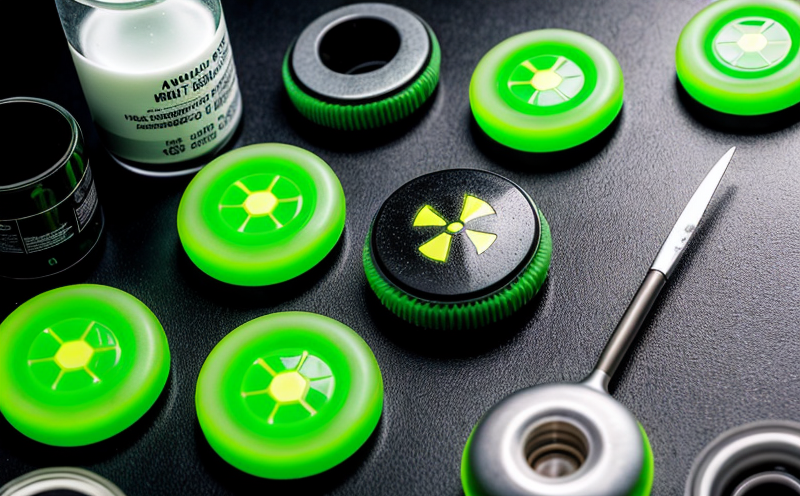Codex CAC/GL 88 Guidelines for Radionuclide Testing in Food
The Codex Alimentarius Commission (CAC) is a joint division of the World Health Organization (WHO) and the Food and Agriculture Organization (FAO). It provides science-based standards, guidelines, and codes of practice related to food safety and quality. One such guideline is CAC/GL 88: "Guidelines for Radionuclide Testing in Food." This document aims to standardize the procedures for detecting radionuclides in foodstuffs, ensuring that they meet international safety standards.
The guidelines are crucial for several reasons:
- To prevent contamination of food with radioactive materials resulting from environmental factors or human activities,
- To protect the health and well-being of consumers by ensuring compliance with national and international regulations,
- To provide a consistent methodology for laboratories conducting radionuclide testing.
The guideline covers various aspects including sample collection, preparation, analysis using appropriate instrumentation such as gamma spectrometry or liquid scintillation counting, data processing, and reporting. It emphasizes the importance of accurate detection methods to avoid false positives and negatives which could lead to unnecessary consumer fear or lax standards.
Understanding these guidelines is essential for stakeholders in the food industry, particularly those involved in quality management, compliance officers, R&D engineers, and procurement teams who need to ensure their products comply with international safety standards.
The process of radionuclide testing involves several steps:
- Sample Collection: Fresh samples should be collected from the point of production or distribution. Samples must represent the entire batch being tested for accuracy.
- Preparation: Samples need to be prepared according to specific protocols outlined in CAC/GL 88. This may include drying, grinding if necessary, and homogenization.
- Analysis: Using advanced analytical techniques like gamma spectrometry or liquid scintillation counting helps identify the presence of radionuclides in food. These instruments measure the energy emitted by radioactive isotopes to determine their concentration accurately.
The results from these analyses are then compiled and reported according to CAC/GL 88 standards ensuring transparency and consistency across different laboratories worldwide. Compliance with this guideline not only enhances consumer trust but also supports the reputation of food producers who adhere strictly to global safety protocols.
Why Choose This Test
The Codex CAC/GL 88 guidelines for radionuclide testing in food are vital because they provide a robust framework for ensuring the safety of our global food supply. By adhering to these stringent standards, laboratories can offer reliable and accurate results that meet both national and international regulatory requirements.
- Ensures Safety: Radionuclide testing helps detect harmful levels of radioactive materials in foodstuffs before they reach consumers' tables. This proactive approach protects public health from potential risks associated with radiation exposure.
- Enhances Reputation: Organizations that comply with CAC/GL 88 demonstrate their commitment to maintaining high standards of quality and safety, thereby enhancing their reputation among customers and stakeholders alike.
Customer Impact and Satisfaction
Implementing Codex CAC/GL 88 guidelines significantly impacts customers by providing them with safer food products. For quality managers, it offers peace of mind knowing that rigorous testing ensures compliance with international standards. Compliance officers benefit from having clear protocols to follow when conducting audits related to radionuclide testing.
- Increased Trust: Consumers trust brands more when they see evidence of adherence to global safety regulations like CAC/GL 88.
- Better Decision Making: R&D engineers gain valuable insights into potential contamination issues early on, allowing them to make informed decisions about product development and improvement.
Competitive Advantage and Market Impact
Adhering to the Codex CAC/GL 88 guidelines provides significant competitive advantages in today’s highly regulated food market. It sets a benchmark for excellence that can differentiate companies from competitors who may not meet such stringent requirements.
- Global Reach: By aligning with these internationally recognized standards, businesses can expand their market reach into countries where strict regulations are enforced.
- Market Leadership: Companies demonstrating leadership in safety and quality through compliance with CAC/GL 88 gain a competitive edge over others who lag behind in meeting similar standards.





